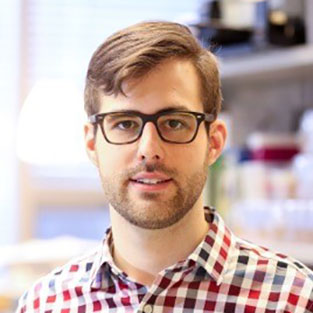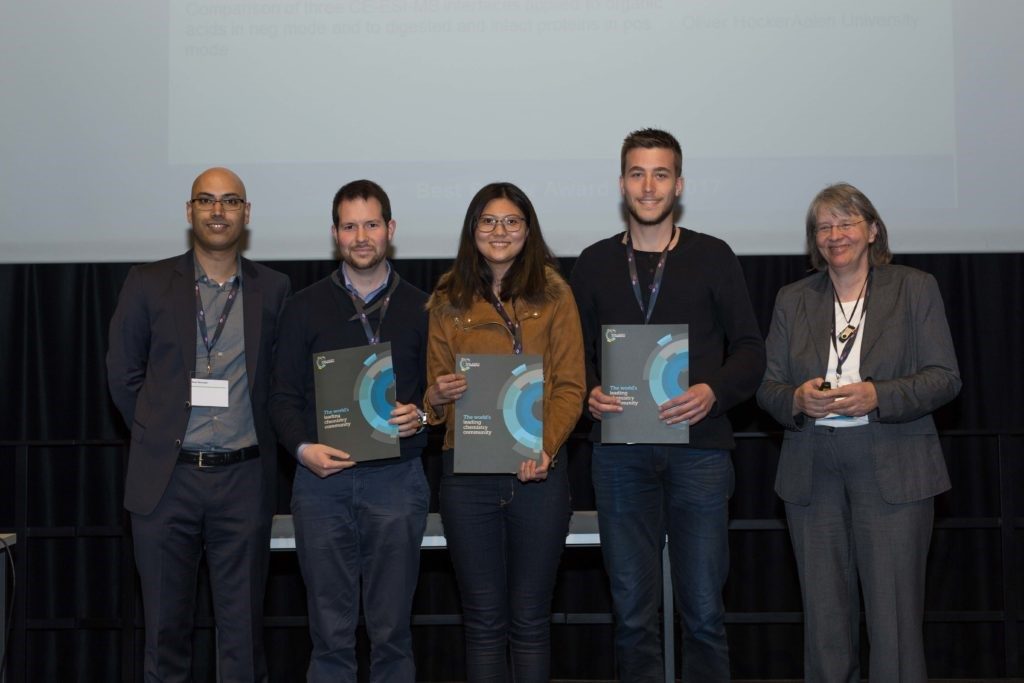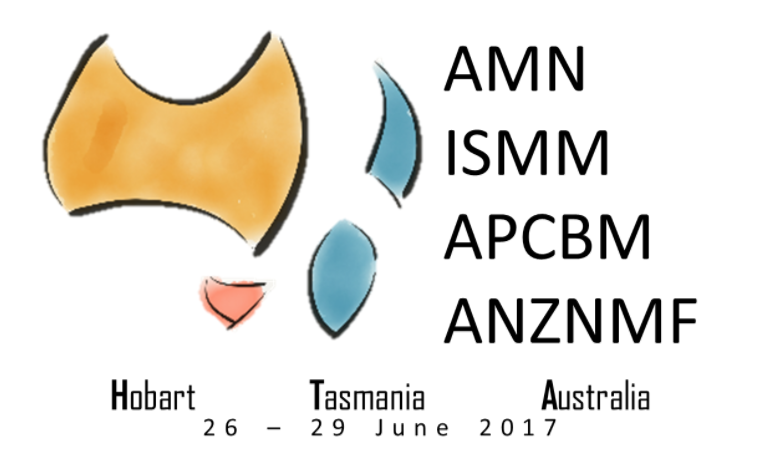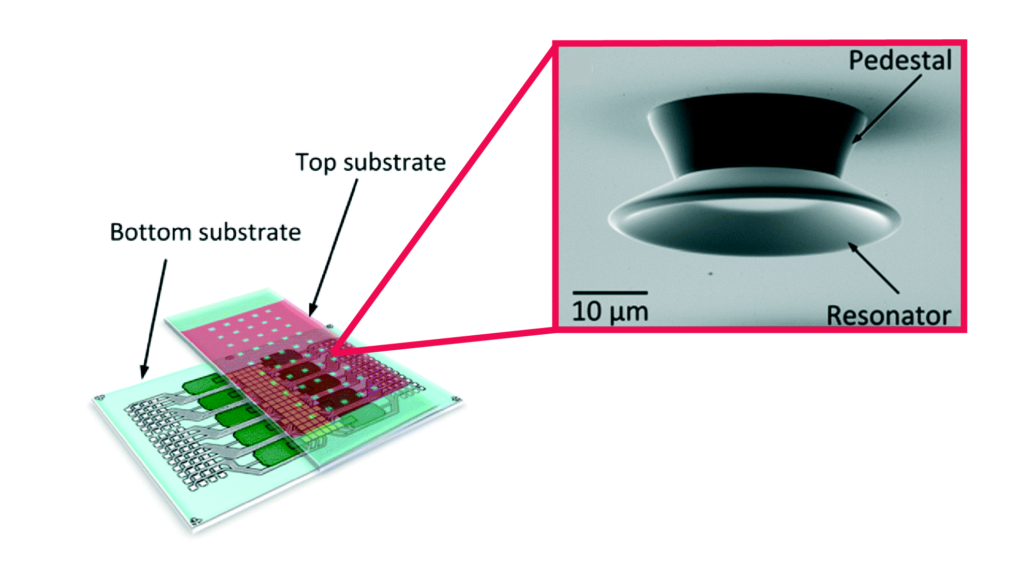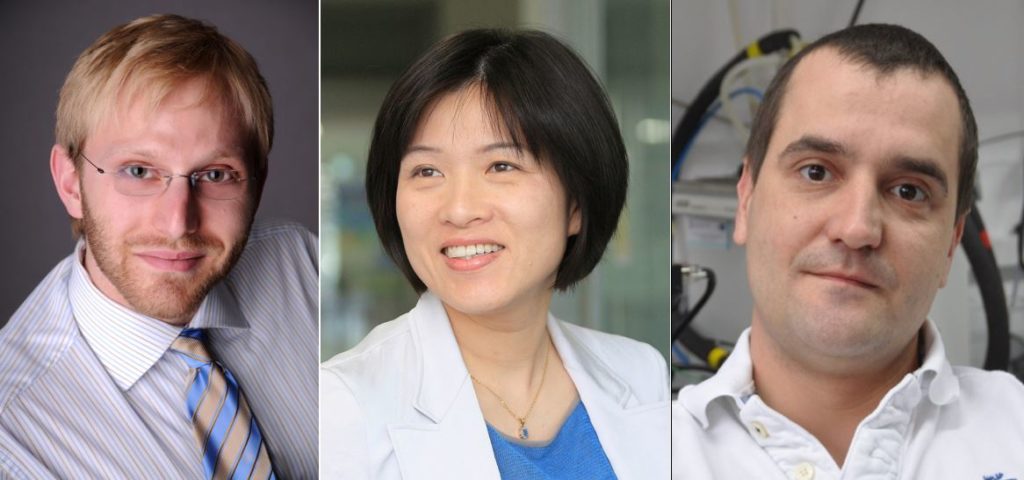With global freshwater supplies in decline, it is becoming more and more important to develop new technologies for water treatment. Given that much of the world is covered in saltwater, desalination is becoming an attractive option for generating fresh drinking water. However, the energy and capital costs of desalination can be prohibitive. Portable and scalable systems for water treatment and desalination would be useful in delivering freshwater to those who need it. Further, portable desalination systems would be particularly useful during humanitarian crises that arise due to intense weather events (e.g., hurricanes, tsunamis) in coastal regions.
Researchers from the Massachusetts Institute of Technology have recently developed a proof-of-concept microfluidic device for water treatment and desalination using electrochemical methods. The device uses two electrochemical techniques for water purification; electrocoagulation to remove particulate matter (including microorganisms) and ion concentration polarization to desalinate the water. In electrocoagulation, a sacrificial anode is oxidized to release metal coagulants that bind up and flocculate material in the water. Ion concentration polarization utilizes an electric field across an ion exchange membrane to generate an ion-rich and an ion-poor region, which can then be separated. The microfluidic device designed by Choi et al. uses one common pair of electrodes across several microchannels to achieve both electrocoagulation and ion concentration polarization. This has the advantage of minimizing power consumption as no extra power is needed to couple the two treatment methods. In their report, they demonstrated that the new hybrid device could remove nearly 90% of E. coli cells and approximately 95% of particulate matter as well as bring salt concentrations down from 20 mM NaCl to 8.6 mM NaCl (a drinkable level).
The work presented in this report lays the foundation for a truly universal and portable water treatment system. Someday you will be able to take water from any source—waste, seawater, or freshwater—and turn it into fresh clean drinking water. This will not only help those who do not have regular access to freshwater, but will be a great tool to have on hand in emergency situations.
To download the full article for free* click the link below:
Integrated pretreatment and desalination by electrocoagulation (EC)–ion concentration polarization (ICP) hybrid
Siwon Choi, Bumjoo Kim and Jongyoon Han
Lab Chip, 2017, 17, 2076-2084
DOI: 10.1039/C7LC00258K
*Free to access until 7th July 2017.
About the Webwriter
Darius Rackus is a postdoctoral researcher at the University of Toronto working in the Wheeler Lab. His research interests are in combining sensors with digital microfluidics for healthcare applications.”



